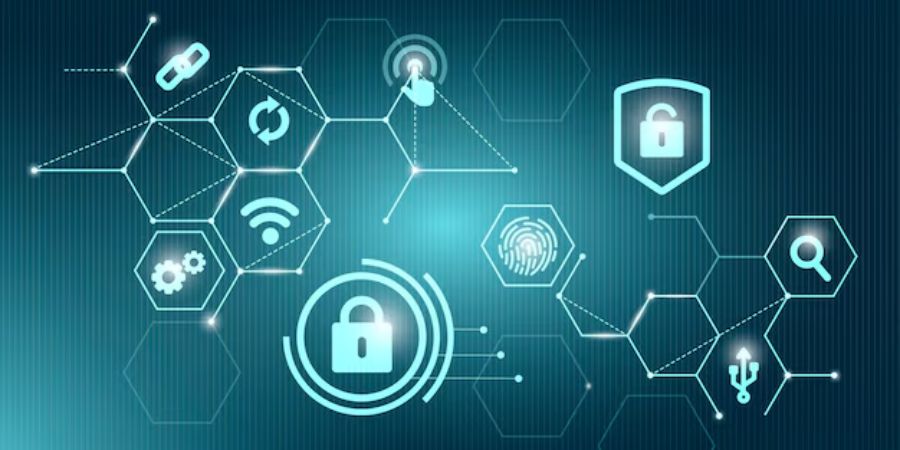IoT has impacted industries and effected lives by linking natural systems of things in smart homes, healthcare, manufacturing plants, and many other systems. IoT is a rapidly expanding sector with tremendous potential but it bears a range of critical cybersecurity risks which threaten both data and systems as well as users.
The Expanding Attack Surface
IoT devices exponentially increase the attack surface for cybercriminals. Each connected device, from smart thermostats to industrial sensors, represents a potential entry point into a network. Securing such a vast and diverse ecosystem is a daunting task, especially as the number of devices continues to grow.
The Identification, Authentication and Authorization Issues
The following key weaknesses has been found in most integration: one of which is poor authentication. Most IoT devices have factory settings or improperly secured initial settings. These loophole give ways for hacker to take full control of them device for their bad intentions. While a single IoT device may be vulnerable, it is clear that when one is infiltrated, it creates major problems with larger systems.
Limited Security Capabilities
In majority of connected IoT devices, security features are given a low priority compared to cost and utility. But with limited processing capability they cannot employing high level of encryption or other protective mechanisms. This makes the devices open to even simple cyber attacks.
Lack of Standards & Many Splintered Entities
Even within the IoT industry, the relatively recent creation of significantly developed security practices means that there is limited standardization regarding the protection of IoT devices. They are currently characterized by proprietary protocols, which fail to provide for a coherent security environment. It becomes complicated to roll out solutions across the board and have compliance with standard guidelines.
Supply Chain Vulnerabilities
IoT devices consist of various components that may be fetched from various supply chains all over the world, and an invasion of the chain weakens the security parameters. An individual bad chip or even a module may easily endanger the overall network of devices.
Privacy and Data Protection Risk
Many IoT devices gather and forward a significant volume of information, such as personal data and leased corporate data. When improperly encrypted or poorly protected from other forms of physical entry, this information can easily be intercepted, stolen or misused. Reliability and privacy issues emerge as IoT takes its root in important sectors such as health and finance.
Botnets and DDoS Attacks
IoT has become one of the favorite targets for the hackers to build their botnets; this system is compromised to generate a large number of distributed denial-of-service (DDoS) attacks. These attacks can inject disruptions, incapacitate facilities and engender large-scale losses.
Firmware Vulnerabilities
Most of the IoT devices are developed in that they still use old firmware to work with. The problem is compounded by the infrequent updates and the absence of fully automated patching methods, which would immediately notify users about available vulnerabilities.
Physical Security Challenges
As contrary to the conventional IT asset installation, IoT distributed devices are somehow vulnerable and expose in the public or far away places. Tangible control of these devices can enable malicious actors to and go around cybersecurity measures, and attack systems head-on.
Finding Solutions
It is important to note that approaching the IoT cybersecurity issues can hardly be limited to singular solutions. Device creators need to ensure that devices are designed securely and have a way for updates to firmware to be made on a regular basis. Laws agencies and policymakers should understand industry widely standards to enhance security practices and compliance.
Users also have their part to play; by using better security practicing, like changing default password, configuring and enabling security features, and IoT devices to isolate from other important networks. Furthermore, are 것이다 organizations able to develop improved prevention measures that contain research based solutions to meet alerting, threat identification, and incident management.
The Road Ahead
In summary, IoT poses significant prospects and risks compared to which the security problems that it entails should be addressed. As the various linkages have continued to be developed, it is imperative that the protection of the connected ecosystem be a combined effort of the manufacturers, governments, businesses and users. Being able to address these vulnerabilities in an early stage prevents IoT from degree of being a huge risk while embracing the benefits of digitization.
Read Also: The Electric Revolution: How EVs Are Transforming the Global Automotive Market










